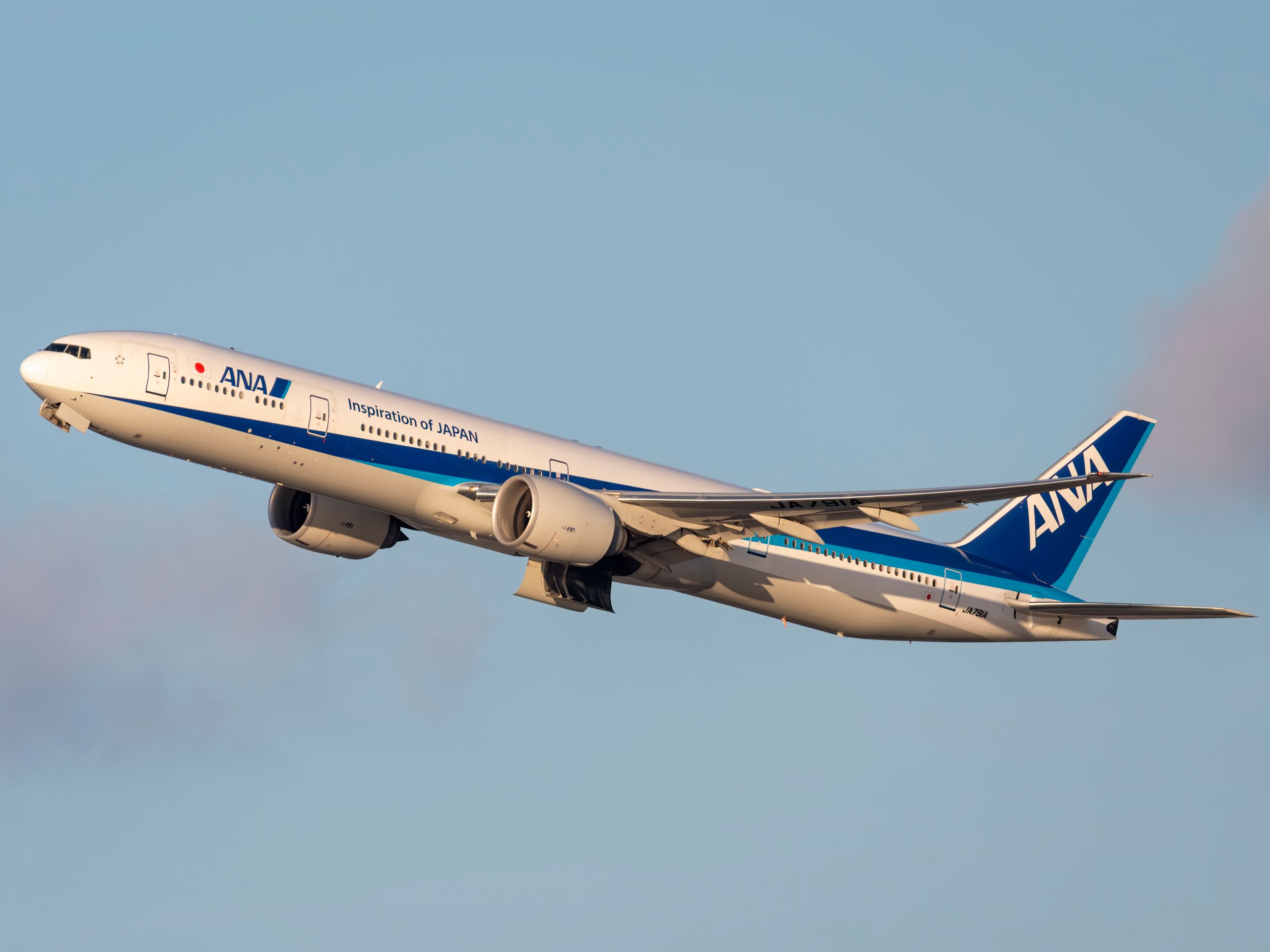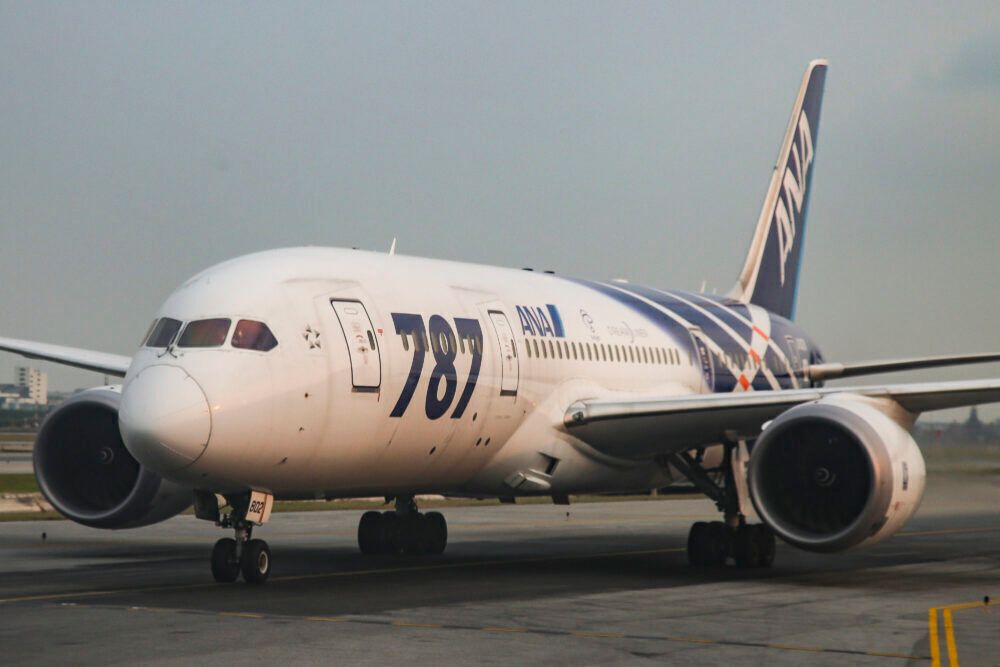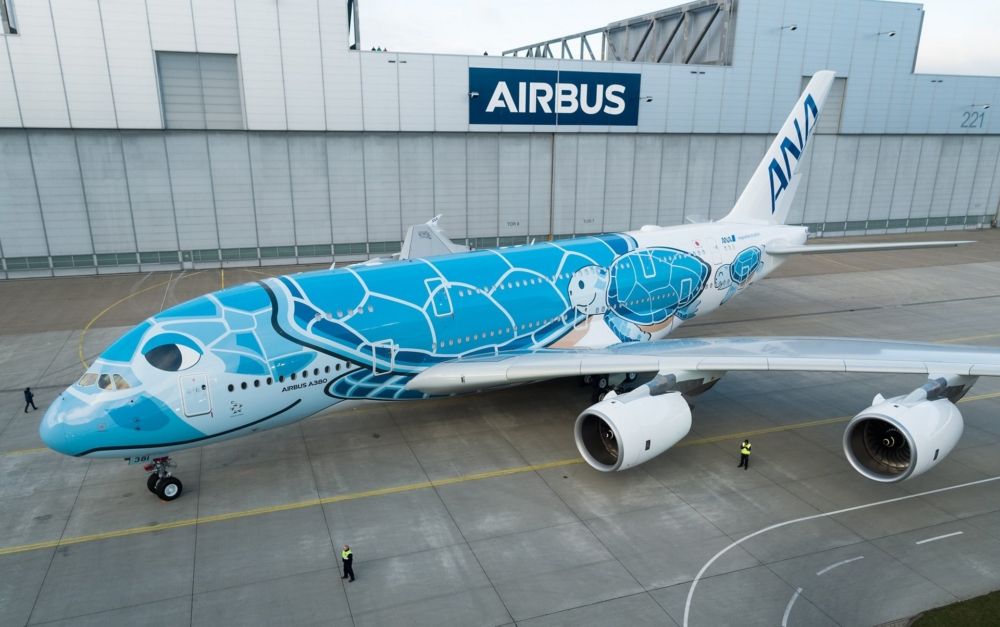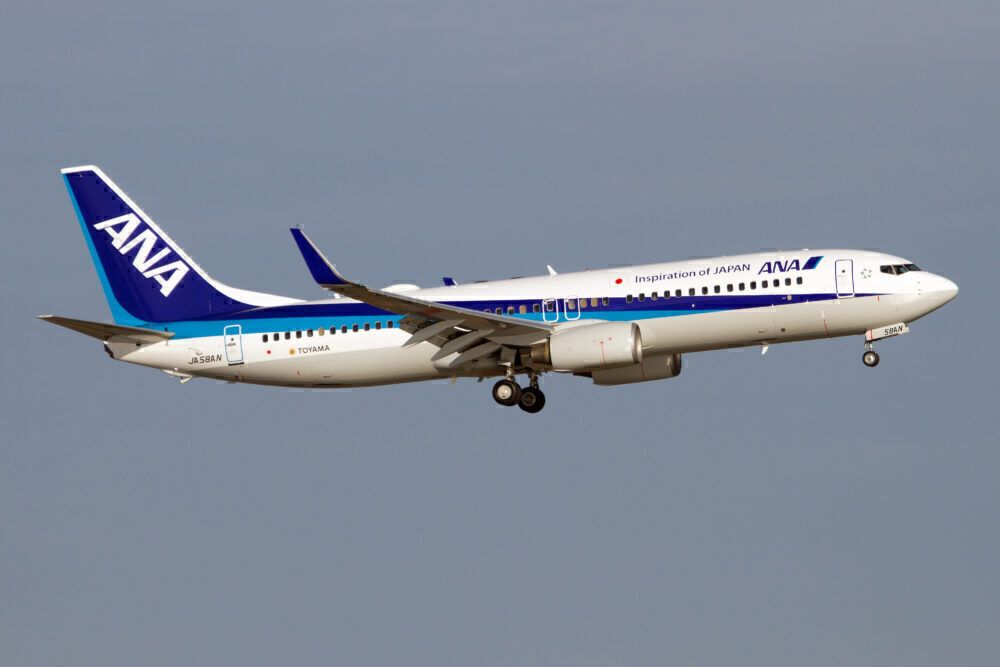All Nippon Airways, or ANA as it is better known, is Japan's biggest airline and a major international carrier. The carrier has the fleet to prove it too, being the largest operator of the 787 Dreamliner and the youngest A380 customer. Here's a look at ANA's fleet in 2021 and the changes it has seen in the last few years.
Data in this article of ch-aviation and Planespotters.net.
Keep it big
ANA operates a fleet of 218 aircraft at the time of writing this article. Notably, under 35% of the fleet consists of narrowbodies, with the airline showing a clear preference toward twin-aisle aircraft operations. ANA also has two subsidiaries, one of which exclusively operates Q400s (ANA Wings) and Air Japan, which exclusively uses the parent's widebodies.
ANA also holds several impressive titles. It was the launch customer of the 787 program and remains the largest customer to date, with a staggering 75 deliveries (and more on the way!). ANA was also the last, and hence youngest, A380 customer, ordering three superjumbos for a very specific mission.
Here's a glance at the airline's current fleet:
- 75 Boeing 787 Dreamliners
- 39 Boeing 737s
- 35 Boeing 777s
- 29 Boeing 767s
- 23 Airbus A321s
- 14 Airbus A320s
- Three Airbus A380s
ANA also operates a cargo fleet of nine 767-300Fs and two 777Fs, all of which have been working overtime in the last year.
It's quickly clear that the fleet is dominated by Boeing, making up over 81% of operating jets. Airbus shines through in the narrowbody side, with the European manufacturer having orders for 15 more A320s and being the more efficient aircraft. Let's take a look a bit more closely.
Strategy
Considering Japan has a robust domestic market (third largest in the world to be precise), it's surprising that ANA doesn't fly more narrowbodies. However, the opposite is actually true. Japan's massive domestic demand means that ANA can support dedicated 787, 777, and 767 operations.
Here's a closer look at ANA's passenger widebodies, sorted by variants:
- 37 787-9s
- 36 787-8s
- 20 767-300ERs
- 13 777-200s
- 15 777-300ERs
- Five 777-300s
- Three A380s
In the early 2000s itself, ANA made the choice to focus on the upcoming 787 family. This highly efficient plane can fly routes to the west coast of the US and domestic rotations to Osaka based on the cabin layout. This flexibility has helped the airline immensely over the years, and with 23 deliveries left to go, it will continue to do so.
Stay informed: Sign up for our daily and weekly aviation news digests.
Still important
While ANA places great emphasis on twin-aisle operations, narrowbodies remain important to the carrier's strategy. Not all domestic and regional routes demand 300+ seats but rather a smaller and leaner aircraft. This is where the growing single-aisle fleet comes in, and ANA is no slouch in this department either.
Here's a look at the fleet:
- 39 737-800s
- 19 A321neos
- 11 A320neos
- Four A321-200s
- Three A320-200s
ANA has rapidly grown its A320neo family fleet since deliveries began in 2017. Now, the airline is doubling down on the type, completing a swap for the A321LR in early 2020. For now, ANA has a keen eye towards maintaining its narrowbody fleet, which has been in heavy use during the pandemic due to low numbers on all routes.
Overall, ANA operates one of the most interesting fleets in the world and is another airline waiting to jump back into the market as soon as possible.
What do you think about ANA's fleet strategy? Which aircraft have you flown on? Let us know in the comments!




